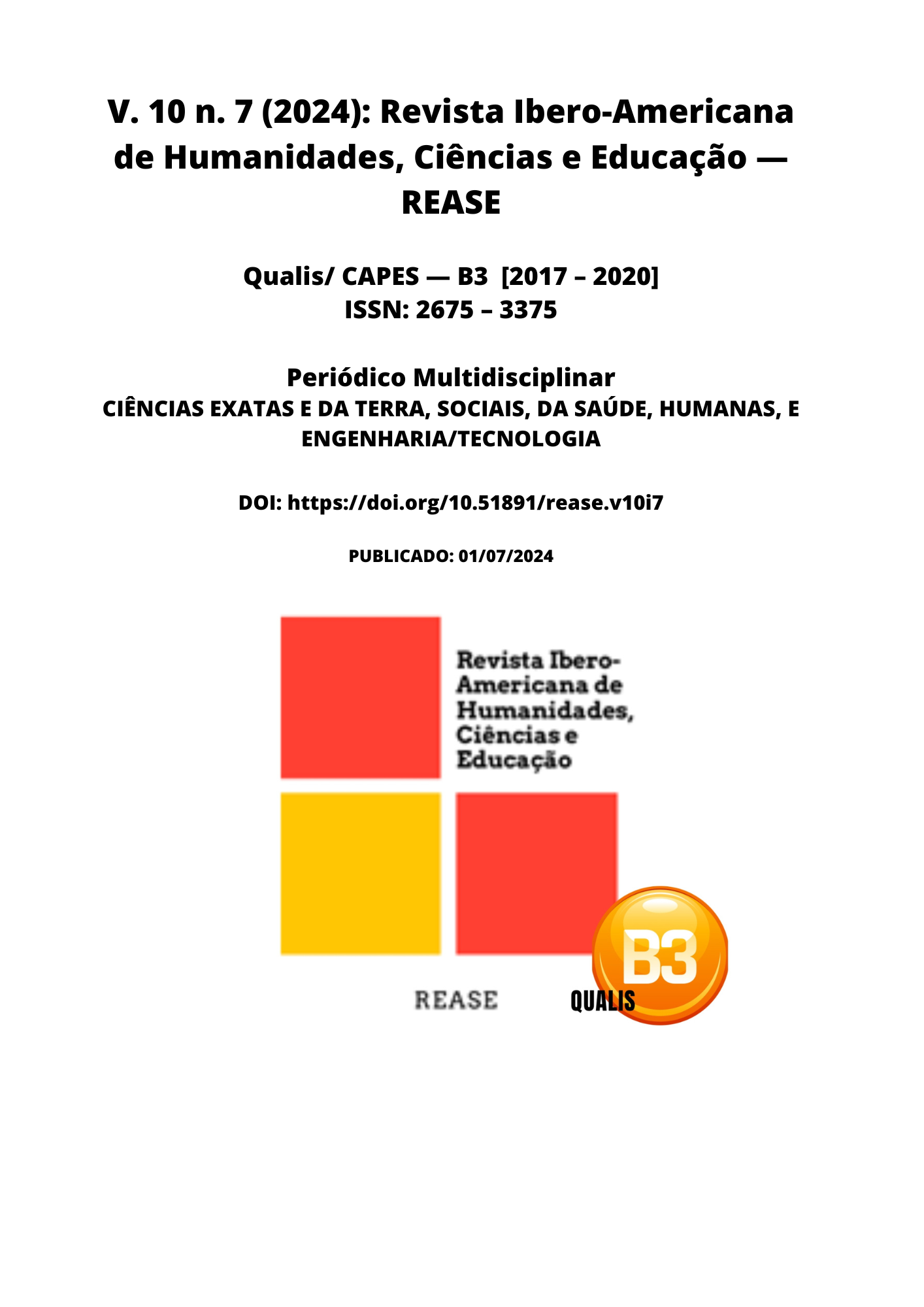ALOPECIA AREATA: HAIR LOSS PATTERNS, TREATMENT MODALITIES AND PSYCHOLOGICAL IMPACT
DOI:
https://doi.org/10.51891/rease.v10i7.14772Keywords:
Alopecia areata. Hair loss patterns. Treatments. Psychological impact and quality of life.Abstract
Alopecia areata is an autoimmune disease characterized by hair loss in specific areas of the scalp and, in some cases, other parts of the body. The etiology of alopecia areata involves a complex interaction between genetic, immunological and environmental factors, resulting in an anomalous immune response that attacks hair follicles. Hair loss patterns vary significantly, from small circular areas of baldness to complete hair loss on the scalp (alopecia totalis) or all over the body (alopecia universalis). Treatment modalities are diverse and include topical, systemic and immunological therapies, with varying effectiveness. In addition to the physical challenges, alopecia areata has a significant psychological impact, affecting patients' self-esteem and quality of life. Objective: to analyze hair loss patterns, available treatment modalities and the psychological impact of alopecia areata based on scientific studies published in the last 10 years. Methodology: followed the PRISMA checklist, using the PubMed, Scielo and Web of Science databases. The five descriptors used were "alopecia areata", "hair loss patterns", "treatments", "psychological impact" and "quality of life". Studies that directly addressed alopecia areata, published in English, Spanish or Portuguese, and that presented relevant quantitative or qualitative data on the topics of interest were included. Articles that were not peer reviews, studies with samples smaller than 20 participants and duplicate publications between databases were excluded. Results: indicated that hair loss patterns in alopecia areata are heterogeneous, with variations in the extent and distribution of baldness. The most studied treatment modalities included topical and intralesional corticosteroids, immunotherapies and JAK inhibitors, with variable responses among patients. The psychological impact was consistently highlighted as significant, with many patients reporting anxiety, depression and impaired quality of life. Conclusion: alopecia areata presents a diversity of hair loss patterns and a range of therapeutic options, although no treatment has been shown to be universally effective. The psychological impact on patients is profound, underlining the need for therapeutic approaches that consider not only the physical aspects, but also the emotional well-being of affected individuals.
Downloads
Downloads
Published
How to Cite
Issue
Section
Categories
License
Atribuição CC BY

